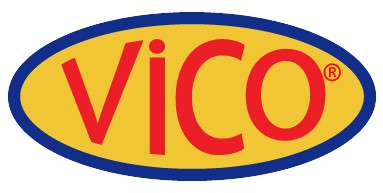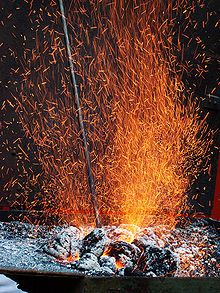-
-
-
Total payment:
-

10 Important differences between Cold working and Hot working
Posted by Vico Casting Export Company Limited at 04/11/2022
- Cold working refers to working with metals and alloys below their recrystallization temperature, while hot working refers to working with metals and alloys above their recrystallization temperature.
- Cold working strain hardening occurs, which increases tensile strength and hardness while decreasing impact strength and ductility, whereas hot working strain hardening is removed by recrystallization.
- The microstructure of cold worked components is distorted, whereas the microstructure of hot worked components is equiaxed and usually refined.
- The defect density of material increases due to cold working, i.e. vacancies, dislocations, etc., and thus the density of material slightly decreases, whereas there is almost no change in defect density of material due to hot working.
- Cold working cannot be done indefinitely without material cracking due to strain hardening, whereas hot working can be done to any extent without cracking because strain hardening is eliminated at higher temperatures.
- Cold working preserves chemical heterogeneity, whereas hot working removes it due to faster diffusion at high temperatures.
- Pickling is not required during cold working because there is no oxidation of the metal; however, pickling is required during hot working because heavy oxidation occurs during working and pickling is required to remove the oxide.
- Steel decarburization does not occur on the cold working surface, but occurs at high temperatures on the hot working surface.
- The surface finish is good when cold working, but it is not good when hot working due to oxidation that occurs at higher temperatures.
- Dimensions are easy to control within tolerance limits in cold working, but difficult to control in hot working due to contractions that occur during cooling.











